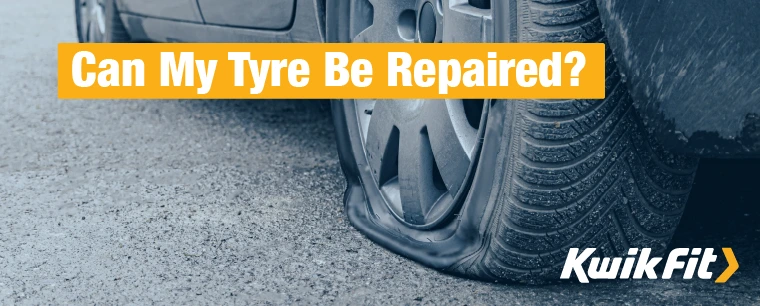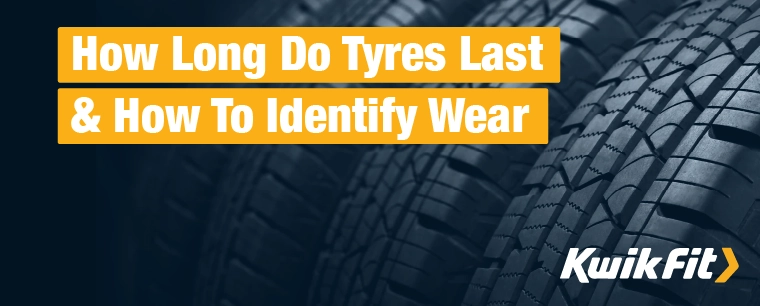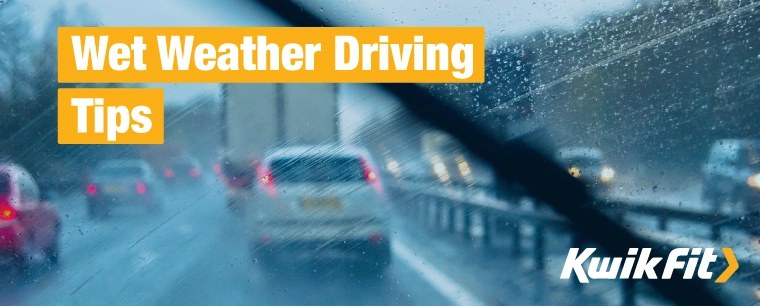Driving Foundations: How to Correctly Use Your Car's Horn
Jack Dreyer | Monday 22nd April 2024 11:00am
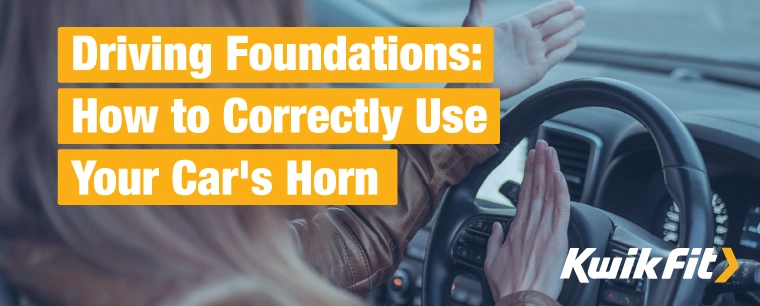
Have you ever found yourself in the middle of rush hour traffic, reaching for your car's horn, and pausing, wondering if it's the right call? A horn is crucial for communication and safety, yet its misuse has muddied its purpose, turning it into a subject of contention among drivers.
Understanding the etiquette of using your car's horn involves more than just knowing the rules; it’s about effective communication on the road. In this guide, we’ll take a straightforward look at how to use your car's horn the right way, including any key do’s or don’ts, and how to contribute to a safer driving environment.
Understanding the purpose of a car's horn
Understanding the purpose of a car's horn is essential for safe and effective communication on the road. The horn is not just an accessory; it's a crucial safety feature designed to prevent accidents and alert other road users to your presence in situations where they may not see you.
By using the horn wisely, and only in appropriate circumstances, drivers can ensure that the horn serves its primary function as a tool for road safety, rather than a source of irritation or conflict. There are a number of different, yet important ways a car horn can be used on the road.
1. Alerting to danger
The main, and number one role of the car's horn is to alert others to imminent danger on the road. This could simply include warning a pedestrian who steps into the road without looking, signalling to another driver who is merging into your lane without noticing your car, or any other situation where a quick alert can prevent a collision or accident.
2. Communication tool
Beyond simply signalling danger, the horn serves as a means of non-verbal communication between drivers. It can be used to alert someone to an issue.
3. Navigational aid
In some scenarios, especially around blind corners, a short honk can be used to let others know you’re coming through. This is particularly useful in areas with low visibility or where pedestrians and vehicles share close quarters.
The legal perspective
According to the Highway Code, you should only use your horn when your car is moving and when you need to warn other road users of your presence, especially for the key reasons above. A lot of road users may not be aware of this rule, but it is also illegal to use your horn in a built-up area between 11.30pm and 7.00am, and could even face up to £1000 fine for the offence - unless of course, there is imminent danger.
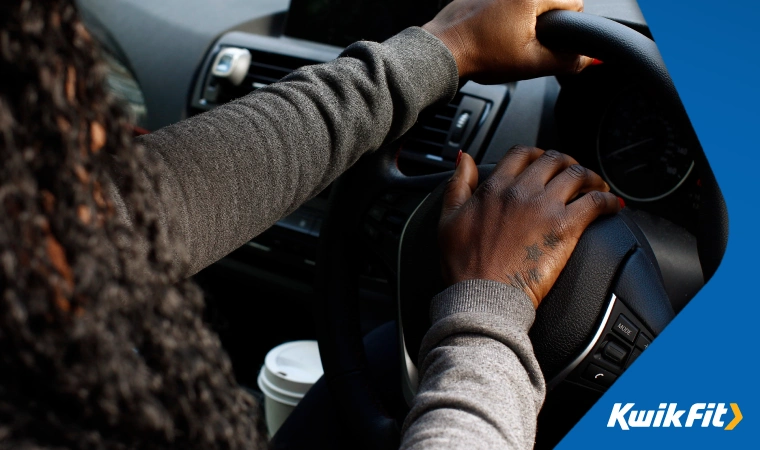
Alternatives to using the horn
As outlined above, the unnecessary, incessant blaring of horns can contribute to noise pollution and escalate tensions on the road. As a result, people have been in pursuit of alternative ways to communicate with other drivers and pedestrians, promoting safety and courtesy on the roads. There are a number of quieter, and more effective alternatives that can be easily adopted in place of using your horn.
Flashing your headlights
A brief, gentle flash of your headlights can be used to alert other drivers to your presence in a less invasive manner than honking your horn. This method is especially effective when used at night or during low-visibility conditions but should be used sparingly and with consideration to avoid dazzling or confusing others.
Turn signals and hazard lights
Proper use of turn signals and hazard lights can be a great way to communicate your intentions on the road without the need for your horn. Whether you're changing lanes, turning, or have encountered a problem and need to stop, these signals provide clear, visual cues to other drivers and pedestrians, reducing the need for honking.
Although there are some great alternatives to using your car horn, you should always be aware of your surroundings and your own driving habits and those of other road users. This includes maintaining a safe distance from other vehicles, giving cyclists and pedestrians wide enough gaps, and being patient with slower drivers or those making last-minute decisions.
Keeping drivers safe on the road
It’s vital to take care on the road, and be conscious of your surroundings whilst driving - It’s always better to wait and try other methods of alerting your vehicle than honking your horn, but of course this may sometimes be necessary.
For more advice on navigating roads and driving best practices, be sure to keep up with the Kwik Fit blog. If you have any other road safety and driving queries, get in touch with our team of experts today at your local centre.
Any facts, figures and prices shown in our blog articles are correct at time of publication.
Featured Articles
Can My Tyre Be Repaired?
Wednesday 22nd November 2023
It can be hard to tell if your puncture can be repaired or not. Read our handy guide to understand if your tyre can be saved or if you need a replacement.
How Long Do Tyres Last & How To Identify Wear
Wednesday 18th October 2023
Driving on old or worn tyres can be dangerous so you need to maintain them properly. Read about how long tyres should last and how to know if your tyres are old.
Wet Weather Driving Tips – Staying Safe in the Rain
Thursday 27th October 2022
Driving in the rain isn’t only a pain but can be surprisingly hazardous – here are our top tips for staying safe in wet & icy weather this winter.

